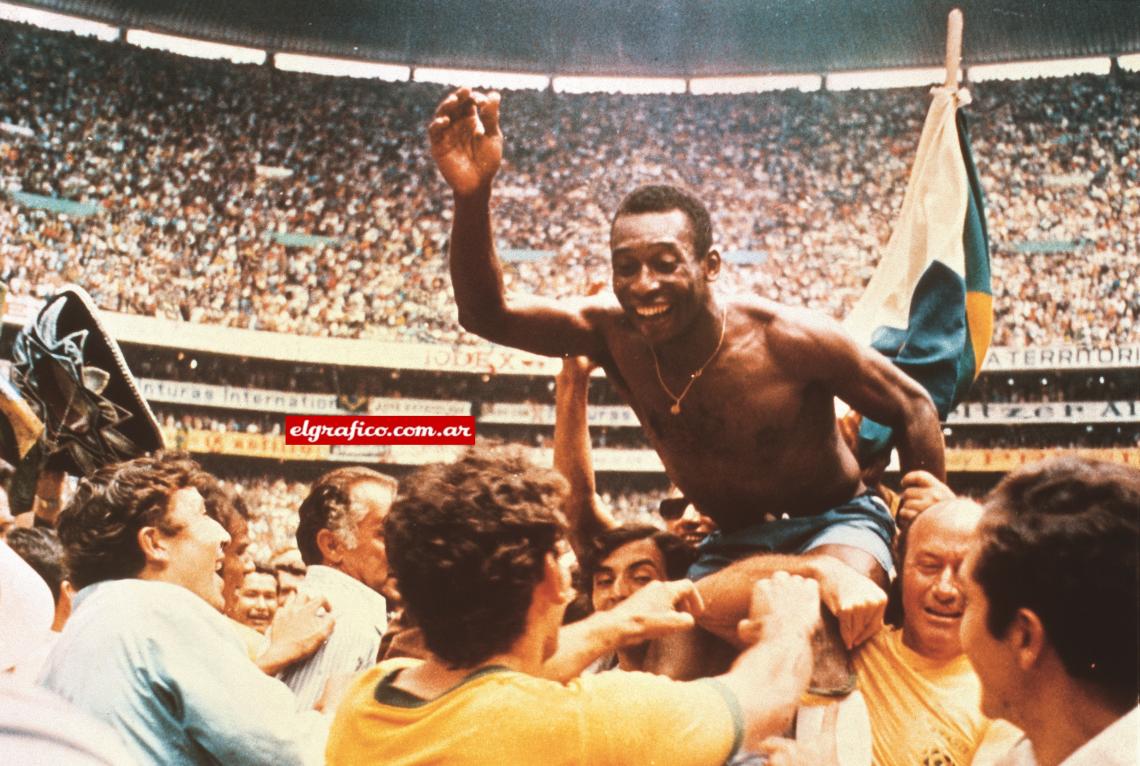Pelé made Brazil's kit the most famous of any sports team in the world.
But why is it yellow, green, and blue?
It's a story that involves crushing defeat, the Holy Roman Empire, Napoleon's sister-in-law, and dragons...

Pelé made Brazil's kit the most famous of any sports team in the world.
But why is it yellow, green, and blue?
It's a story that involves crushing defeat, the Holy Roman Empire, Napoleon's sister-in-law, and dragons...

The first game ever played by the Brazilian national team was in 1914, against the unlikely opponent of England's Exeter City.
It ended in a 2-0 victory for Brazil.
For the match the Brazilians wore all white, which continued to be their kit colour for the next few decades.


In 1950 Brazil hosted the World Cup, which was the first since 1938.
In their final game, against Uruguay, Brazil only needed a draw to win the tournament.
200,000 people - still the largest ever attendance at a football match - crammed into the Maracanã in Rio de Janeiro...

It ended in a 2-1 defeat for Brazil, with a goal scored 11 minutes from the end of the match to give Uruguay victory and make them world champions.
A national catastrophe for Brazil which totally shocked the nation and went down in history as the infamous "Maracanazo".

And so for the 1954 World Cup, to banish the memories of the Maracanazo, the "unpatriotic" all-white was replaced.
A 19 year old called Aldyr Schlee won a competition to design the new kit, basing it on the colours of the national flag - yellow, green, blue, and white.


And so the legendary Camisa Canarinho was born. But why is the Brazilian flag those colours?
Well, this was the flag of the Empire of Brazil, established in 1822 when it declared independence from Portugal.

This new flag was designed to incorporate the dynastic colours of the Emperor and Empress of Brazil.
Pedro I, the Emperor, was part of the House of Braganza. Their heraldic symbol was a green wyvern - a sort of dragon - to represent Saint George.
Hence the green.
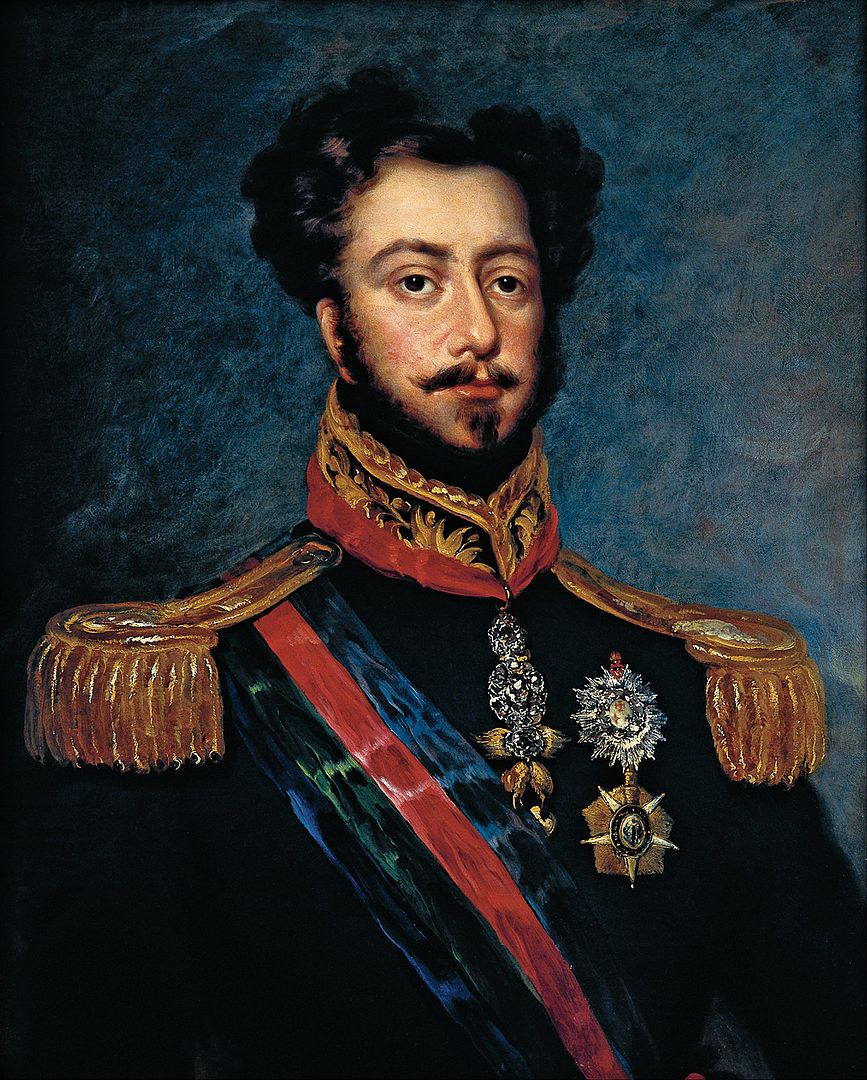

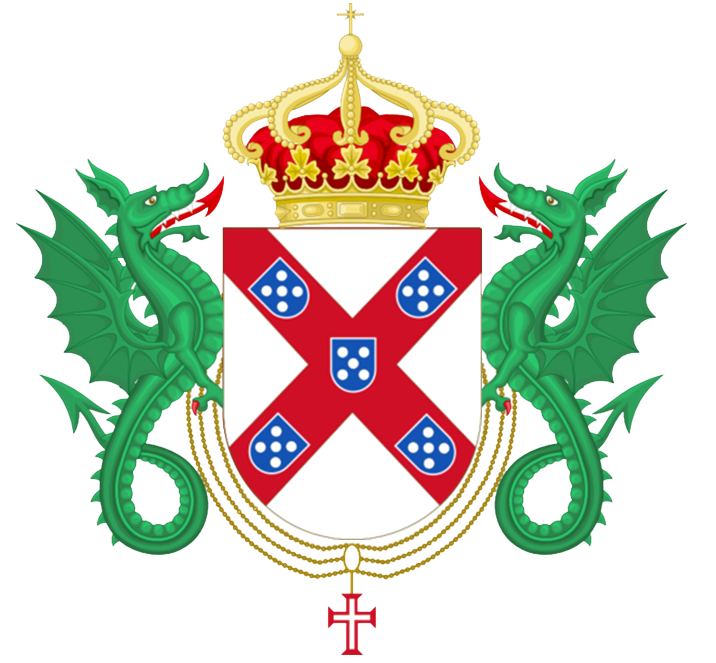
While the yellow in the Brazilian imperial flag represented Maria Leopoldina of Austria, Pedro's wife and the first Empress of Brazil.
She was from the House of Habsburg and the daughter of the final Holy Roman Emperor - and her sister was Napoleon Bonaparte's second wife.
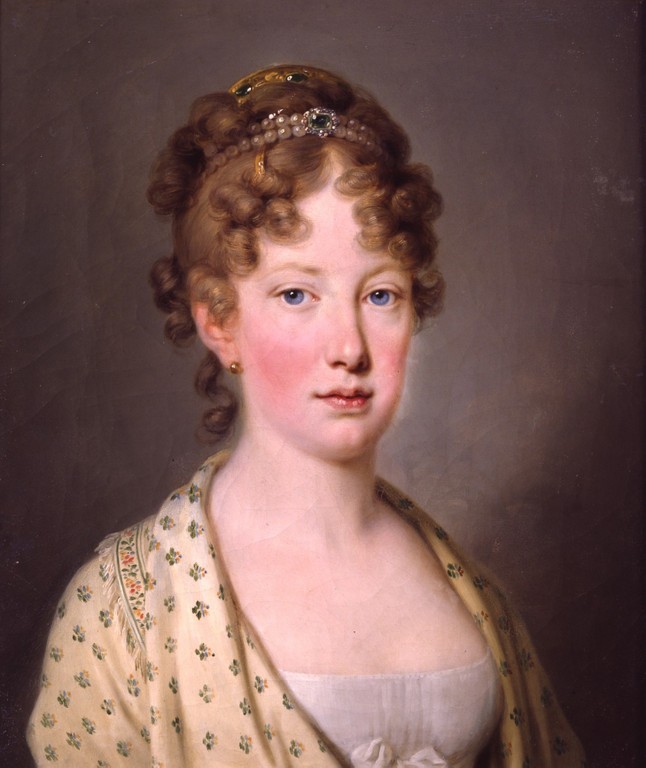
The House of Habsburg was one of the oldest and most powerful in Europe, dating back to the 10th century.
Their original heraldic colours were white and red, but once the Habsburgs started to dominate the Holy Roman Empire they adopted its colours: black and yellow (or gold).

And so the imperial flag combined the green of the Braganzas and the yellow of the Habsburgs. What about the blue, then?
In 1889 Brazil overthew its monarchy and became a republic, and so the imperial coat of arms in the centre of the old flag had to be removed...
It was replaced by a blue circle filled with white stars, to represent the night sky over Rio de Janeiro on 15th November 1889, the day Brazil became a republic.
Each star represents a federal unit of Brazil, with their size corresponding to the geographical size of the region.
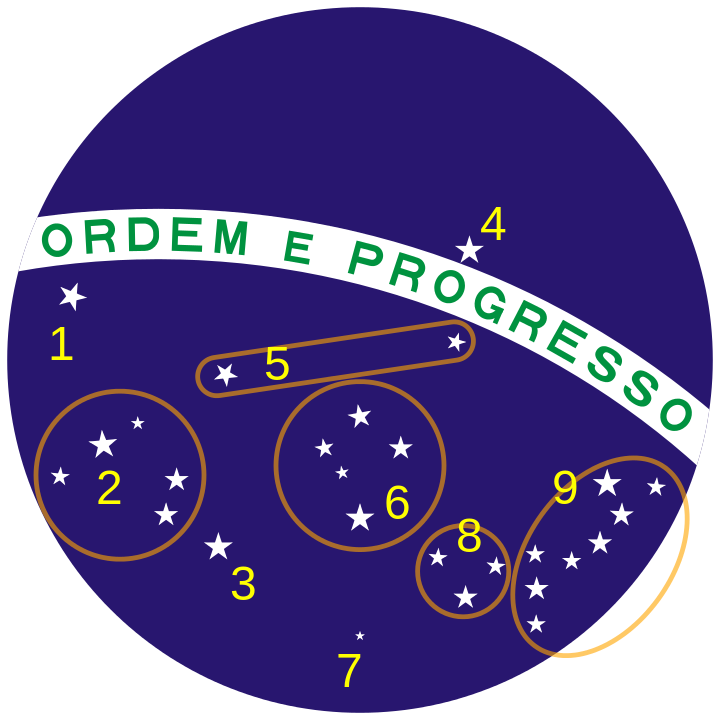
And so a new flag for the Brazilian republic was born, with its old green and yellow colours slightly altered, and a new motto - Ordem e Progresso, meaning Order and Progress.
These were the colours of Aldyr Schlee's design for the 1954 World Cup.

So that's the story of the colours of Brazil's kit, and only four years after it was changed from all-white to the yellow, green, blue, and white of the national flag, a young man would start the process that made it the most famous sports kit in the world...
His name, of course, was Pelé.
And here he is, aged only 17, after the 1958 World Cup Final. He had scored two goals against Sweden in a 5-2 victory and passed out at the final whistle.
Revived by his team-mates, the teenage Pelé burst into tears.
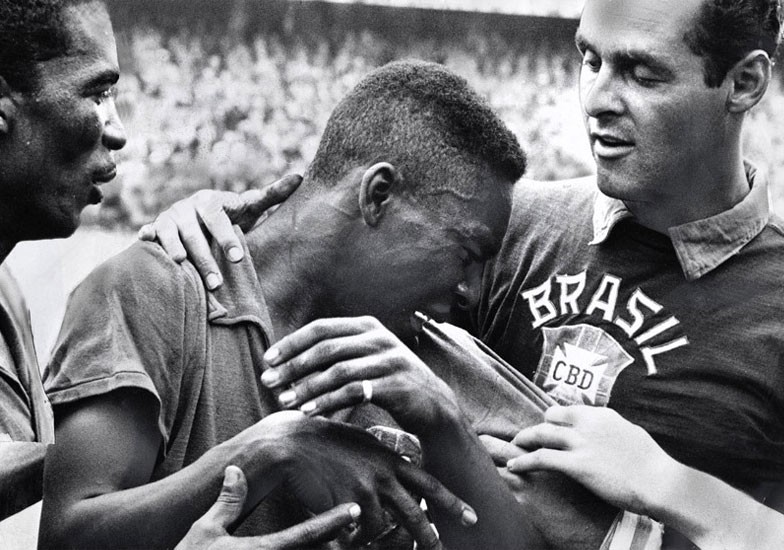
But the Brazilian kit would achieve truly legendary status in Mexico in 1970, when the World Cup was broadcast in colour for the very first time.
A team containing Carlos Alberto, Jairzinho, Tostão, Gérson, and Rivelino - led by Pelé - stormed to victory.

Brazil's 1970 team is regarded by many as the greatest to ever play football - they won all six games and amazed the world with the beauty, dynamism, fluidity, and skill of their performances.
It was a watershed moment in footballing history - could it ever be better than this?

And so Pelé and his team mates in their yellow, green, and blue - broadcast around the world in colour - became interminably associated with the idea of the Beautiful Game, a phrase popularised by Pelé himself.
A kit and a player which together represent footballing perfection.
